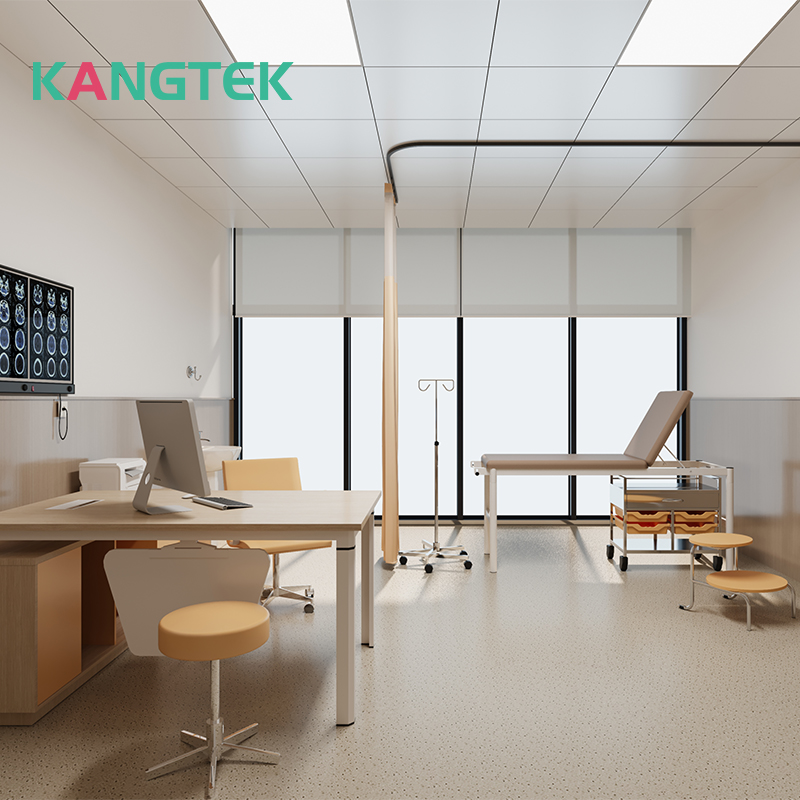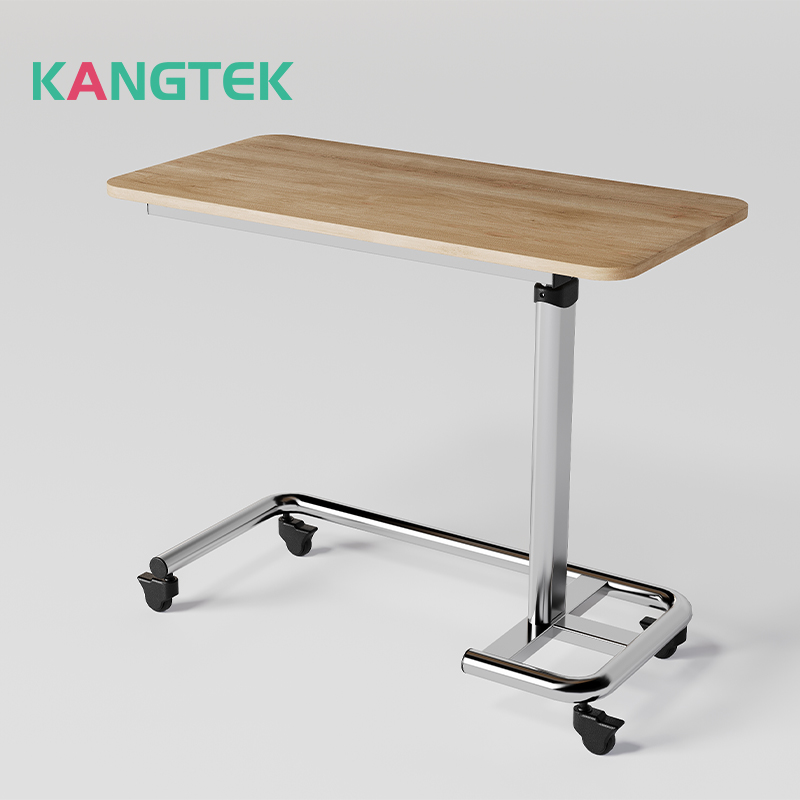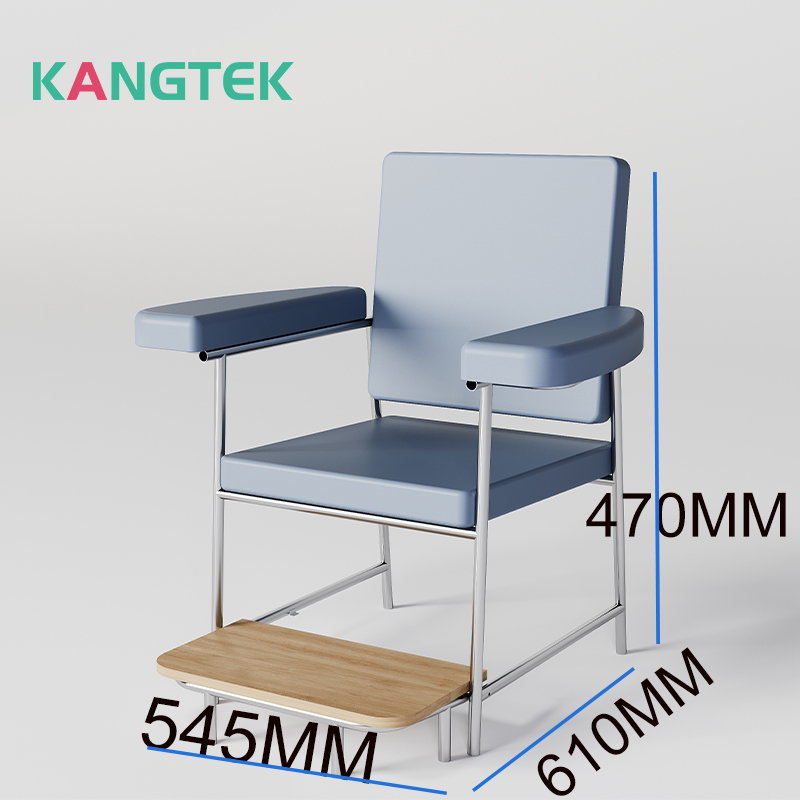A Guide to Selecting Furniture Suited for the Unique Needs of Medical Institutions
Furnishing medical institutions demands a meticulous approach, as the furniture not only contributes to the aesthetics but also plays a crucial role in patient comfort, staff efficiency, and overall functionality. Whether it's a hospital, clinic, or a healthcare facility, selecting the right furniture is essential to create an environment that promotes healing, hygiene, and productivity. In this guide, we'll delve into the key factors to consider when choosing furniture for medical settings.

1. Prioritize Durability and Cleanliness:
- Medical environments require furniture that can withstand heavy usage and frequent cleaning. Opt for materials like stainless steel, plastic, or laminate that are durable, non-porous, and easy to sanitize.
- Choose furniture with smooth surfaces and minimal crevices to prevent the accumulation of dirt, germs, and bacteria. Seamless designs facilitate thorough cleaning and reduce the risk of infection transmission.
2. Focus on Comfort and Ergonomics:
- Patients and healthcare professionals spend extended periods seated or lying down, making comfort and ergonomics paramount. Select chairs, beds, and examination tables with adjustable features to accommodate various body types and promote proper posture.
- Consider features such as padded armrests, contoured seats, and adjustable heights to enhance comfort and reduce strain, especially for individuals with mobility issues or medical conditions.

3. Ensure Accessibility and Safety:
- Accessibility is crucial in medical settings to accommodate patients with disabilities or mobility limitations. Choose furniture that meets ADA (Americans with Disabilities Act) guidelines, providing adequate clearance for wheelchairs and ensuring ease of access to amenities.
- Prioritize safety by selecting furniture with rounded edges, sturdy construction, and non-skid surfaces to minimize the risk of accidents or injuries, particularly in high-traffic areas or patient rooms.
4. Optimize Space Efficiency:
- Medical facilities often contend with limited space, necessitating furniture that maximizes floor area without compromising functionality. Explore space-saving solutions like modular seating, foldable tables, or wall-mounted storage to optimize layout efficiency.
- Customizable furniture configurations allow for versatility in adapting to changing needs, whether it's creating temporary treatment areas or accommodating fluctuating patient volumes during peak periods.

5. Consider Infection Control Measures:
- Infection prevention is paramount in healthcare settings, emphasizing the need for furniture that supports rigorous cleaning protocols. Choose antimicrobial surfaces or coatings that inhibit the growth of pathogens and minimize cross-contamination.
- Evaluate furniture designs with removable or replaceable components to facilitate thorough disinfection and maintenance protocols, ensuring compliance with infection control standards and regulations.
6. Factor in Aesthetic Appeal and Brand Identity:
- While functionality and practicality are paramount, aesthetics also contribute to the overall ambiance and patient experience. Select furniture finishes, colors, and designs that align with the medical institution's brand identity and create a welcoming environment.
- Incorporate elements of soothing colors, natural textures, and ergonomic design principles to promote a calming atmosphere conducive to healing and patient well-being.
Choosing furniture for medical institutions requires careful consideration of factors such as durability, cleanliness, comfort, accessibility, safety, space efficiency, infection control, and aesthetic appeal. By prioritizing these aspects, healthcare facilities can create environments that prioritize patient care, staff productivity, and overall well-being. Investing in high-quality, purpose-built furniture not only enhances the functionality of medical spaces but also contributes to positive patient outcomes and the reputation of the institution.

